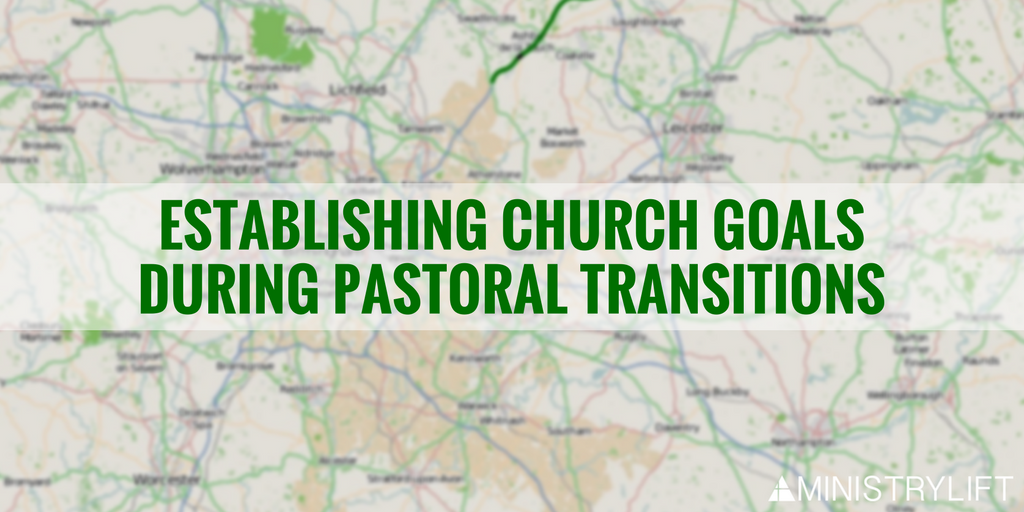Developing a Discipleship Approach in Your Church
 I often hear this question from church leaders: "How do we develop a discipleship strategy in our churches?" Here’s my attempt to answer that question.
I often hear this question from church leaders: "How do we develop a discipleship strategy in our churches?" Here’s my attempt to answer that question.
First, let’s consider what discipleship is.
Discipleship is both relational and transformational. A disciple of Jesus is in a growing relationship with Jesus. Transformation occurs as the Holy Spirit renovates people’s hearts; godly character qualities grow (see Five Strategies for Growing Your Character blog); thoughts and actions become more God-honouring.
According to Dallas Willard, "Discipleship is the process of becoming who Jesus would be if he were you." This requires a close relationship (see John 15) that produces Christ-like fruit.
Next, let's understand what disciple-making means.
Disciple-making is helping people take next steps in their relationship with Jesus and obedience to Him.
In Real-life Discipleship, Jim Putnam suggests there are five spiritual stages: dead, infant, child, young adult, and parent. It is helpful to identify the stage in which someone is located so that we can come alongside them and help them move toward the next stage.
As we help people become more spiritually mature, it is helpful to think about doing so in six ways (these align with the Dimensions of Christian Leadership). We want to help people grow in their relationship with God, develop godly character qualities, understand and live out God's calling on their lives, develop strong relationships, learn how to serve well on a team, and maximize their gifts and abilities in living out their calling.
How then do churches position themselves for maximum discipleship?
In Developing a Strategic Pathway for Discipleship in Your Church, I suggest there are five layers of discipleship within the church: church culture, large group, small group, one-on-one, and individual. As we strengthen each layer, we will position our churches for more effective disciple-making.


